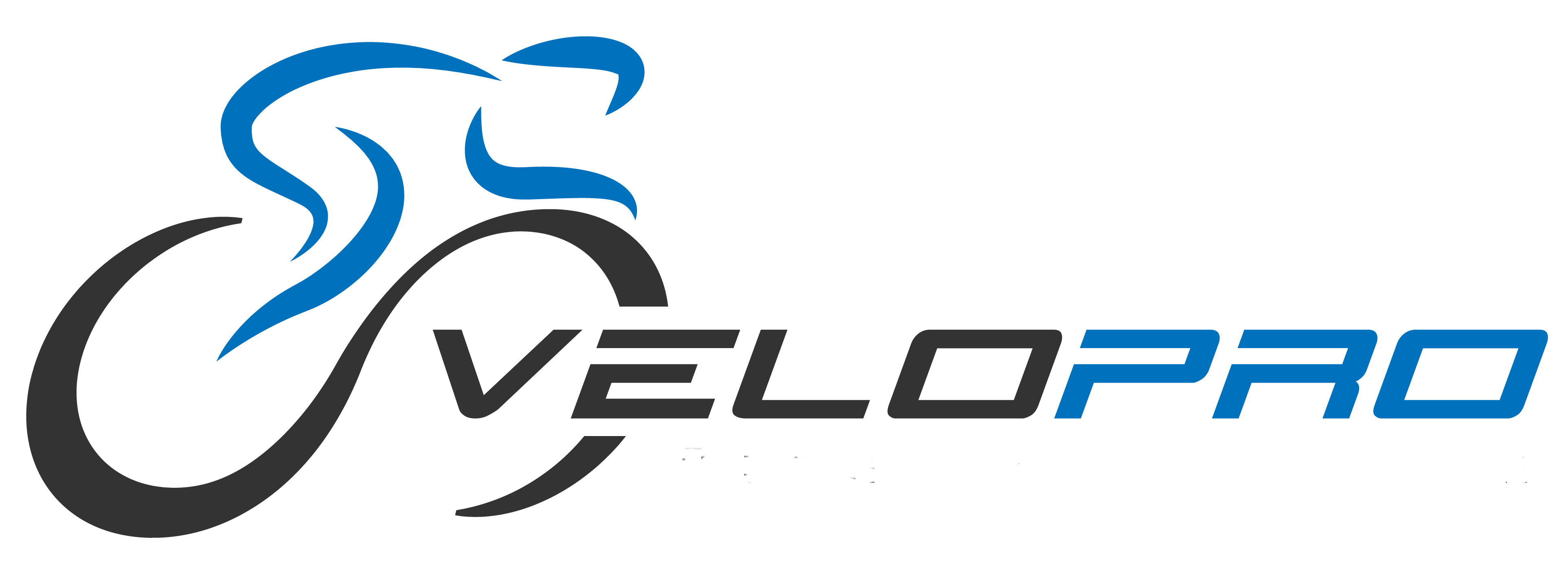All Torque and No Action
Originally written for and published in RacecenterNW Magazine.
It's easy to pick the experienced riders out on virtually any group ride. They're the ones who sit relaxed in the saddle while pedaling in smooth, quick circles, seemingly without effort. They have an economy of motion borne of years learning to be as efficient as possible. These riders have mastered one of the keys to cycling efficiency – cadence.
Much fuss has been made about cadence in recent years and, upon examination, it's easy to see why. In cycling, power is torque multiplied by angular velocity. That is, a rider creates power through pedal force (torque) and pedaling speed (angular velocity). One can create more power by pedaling harder or by pedaling faster.
Most of us have a natural tendency to turn over the pedals at a relatively low speed (70-90rpm). It's manageable, steady, and it makes us feel like we're working hard. In fact, we are working hard – harder than we should be! It takes a relatively high amount of muscular power to turn the pedals around at low cadences. Since our muscles hold just a couple of hours' worth of fuel, pedaling at a low cadence only works until our legs fatigue, at which point our race is effectively over. So, pedaling harder works well, but only for a short time.
As endurance athletes, we have a high level of aerobic fitness relative to muscular strength. Pedaling faster effectively takes the stress away from our muscles and transfers it to our aerobic systems. A high pedal cadence leverages the aerobic fitness that our sports already give us, thereby saving our muscular strength for when we need it, such as on steep hills, rollers, or sprints. Pedaling faster allows us to be more efficient and, therefore, better athletes.
Now that you're convinced that you need to pedal faster, how do you go about doing it? In a word: practice. Pedaling at lower cadences trains your muscle firing patterns to do exactly that – pedal slowly. After some time, you're optimized for it. The way to optimize your muscles for higher cadences is to practice those. Start with your warm-ups and cool downs – set a goal of 90+rpm during those times and track it. When you've mastered that, raise your goal to 100rpm, and so on. When you've mastered high cadences in warm-up and cool down, begin, if it doesn't already come naturally by now, to focus on integrating it into your workout sets. Before long, you'll be more efficient, with less muscular fatigue – and a better chance of reaching your goals.



